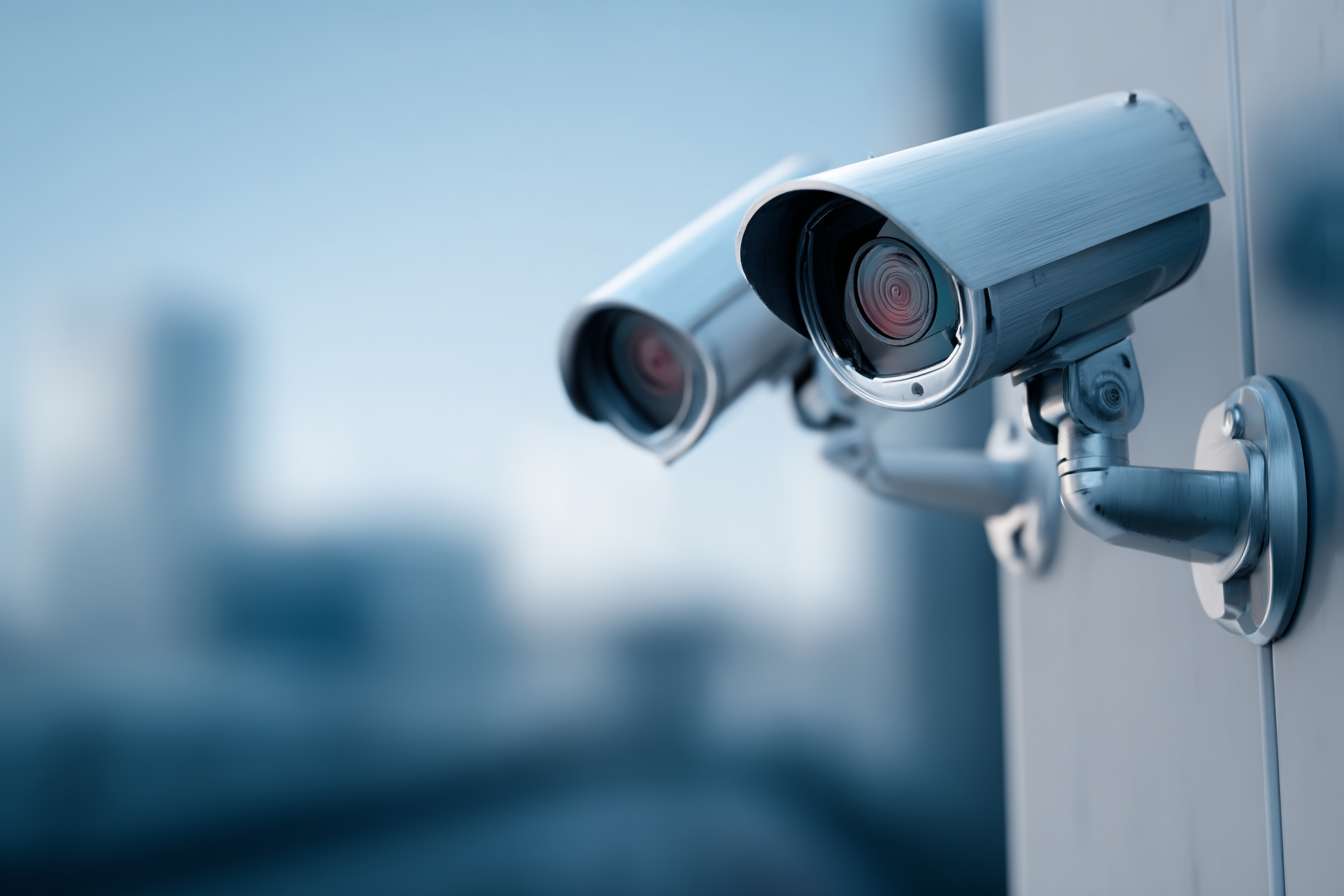"From Paint to Pixels: The Convergence of Fine Art and Digital Media"
Introduction: Dive into the compelling narrative of digital art's ascent within the fine art world, as we trace its origins, analyze its current impact, and speculate on its future implications. The story of digital art is intertwined with the rise of computers, a product of the latter half of the 20th century. Artists began exploring the potential of these machines as soon as they became commercially available. Early pioneers, such as Frieder Nake and Vera Molnar, tested the boundaries of visual expression using programs they often had to create themselves.

Digital Art’s Growing Influence
Fast forward to the 21st century, and digital art has moved from the fringes of experimentation to center stage. This shift is largely due to technological advancements, such as more sophisticated software and devices, which have expanded the creative possibilities available to artists. Digital art has also found a welcoming audience among millennials and Gen Z, who appreciate its innovative, boundary-pushing nature.
Current Trends in Digital Art
The most recent development in the digital art world is the advent of Non-Fungible Tokens (NFTs). These unique digital assets have revolutionized the way in which digital art can be bought, sold, and owned. They have given digital artists an unprecedented avenue for monetizing their work. The sale of Beeple’s artwork for $69 million at a Christie’s auction in 2021 marked a significant milestone, proving that digital art can command prices on par with traditional fine art.
The Impact on Traditional Fine Art
The rise of digital art has undoubtedly stirred the fine art world. Some traditionalists view it as a gimmick, while others have embraced it as a new medium. There is also a growing trend of established fine artists incorporating digital techniques into their work, signalling a convergence of the two worlds.
Looking Ahead: The Future of Digital Art
As we look to the future, it is clear that digital art will continue to forge its own path. With technologies such as virtual and augmented reality becoming more mainstream, the potential for new forms of digital art is vast. The challenge will be to maintain the integrity and spirit of artistic expression amidst this rapidly evolving landscape.
In summary, the journey of digital art from its humble origins to its current status has been a fascinating one. As it continues to push the boundaries of artistic expression and challenge our perceptions of what constitutes fine art, one thing is clear: digital art is not just a passing trend, but a significant chapter in the ongoing story of art.




